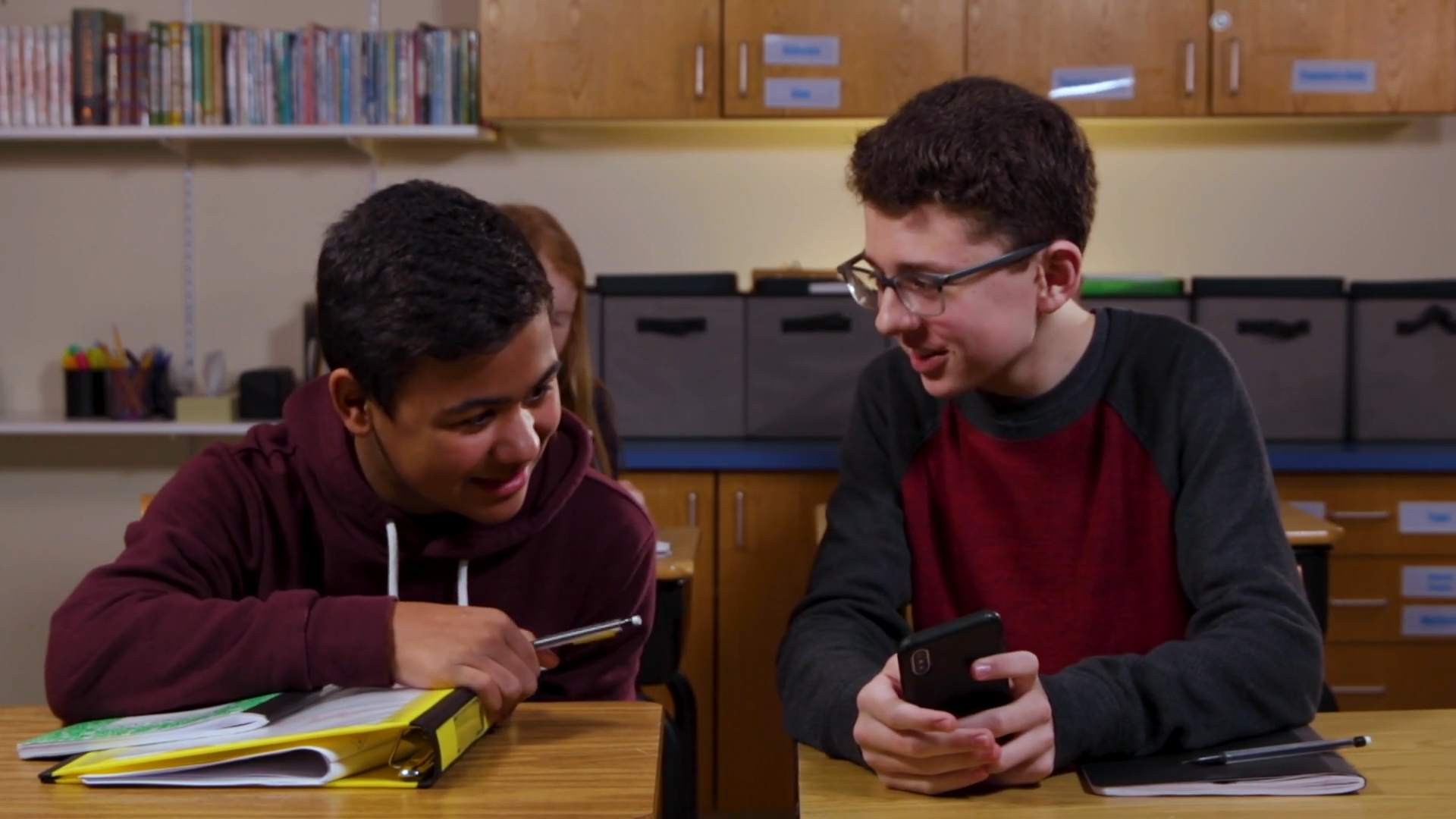
Introduction
Sarcasm is a form of communication where a person says something but actually means the opposite. It’s a type of disguised thought, where words have more than one meaning. People often use sarcasm to be funny or to make a point. However, using sarcasm appropriately is crucial, or it may not be well-received. In this blog post, we will discuss an activity that helps teach students about sarcasm and disguised thoughts, along with discussion questions and related skills.
No-Prep Activity
This no-prep activity is designed to help students practice recognizing sarcasm and understanding disguised thoughts. The educator can conduct the activity with minimal preparation and no materials required.
- Divide the students into pairs or small groups.
- Provide each group with a list of common phrases or sentences that could be said sarcastically.
- Ask the students to take turns saying the phrases in both a sincere and sarcastic tone of voice. Encourage them to use facial expressions and body language to convey their meaning.
- After each student has had a turn, the other group members should guess whether the speaker was being sincere or sarcastic.
- Discuss the challenges faced during the activity and how they can apply the skills learned to real-life situations.
Discussion Questions
Use these discussion questions to stimulate further conversations about sarcasm and disguised thoughts:
- Why is it important to be aware of sarcasm and disguised thoughts in everyday communication?
- How can we ensure that our sarcasm is understood and not offensive to others?
- What are some situations where using sarcasm might be inappropriate?
- How can we support others in understanding our sarcasm or disguised thoughts?
- What are some strategies to help us recognize sarcasm when we hear it?
Related Skills
Besides the ability to recognize and use sarcasm, students can also benefit from developing the following related skills:
- Empathy: Understanding the feelings and perspectives of others can help students be more aware of when sarcasm might be appropriate or when it could cause discomfort.
- Active Listening: Paying close attention to what others are saying and how they are saying it can help students detect sarcasm and disguised thoughts more effectively.
- Nonverbal Communication: Being able to interpret and use facial expressions, body language, and tone of voice can enhance students’ ability to convey sarcasm and understand it in others.
- Respect for Diversity: Recognizing and respecting cultural differences in communication styles can help students avoid miscommunications and misunderstandings related to sarcasm and disguised thoughts.
Next Steps
Now that you have a better understanding of how to teach sarcasm and disguised thoughts, take the next step and explore more resources to support your students’ social-emotional learning. Sign up for free samples of skill-building materials and other valuable resources at Everyday Speech.

